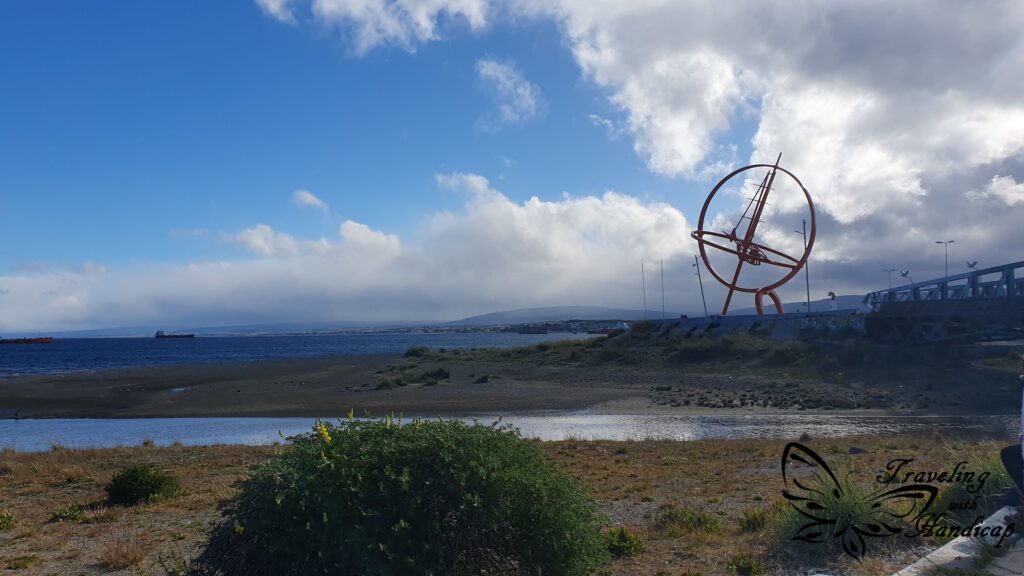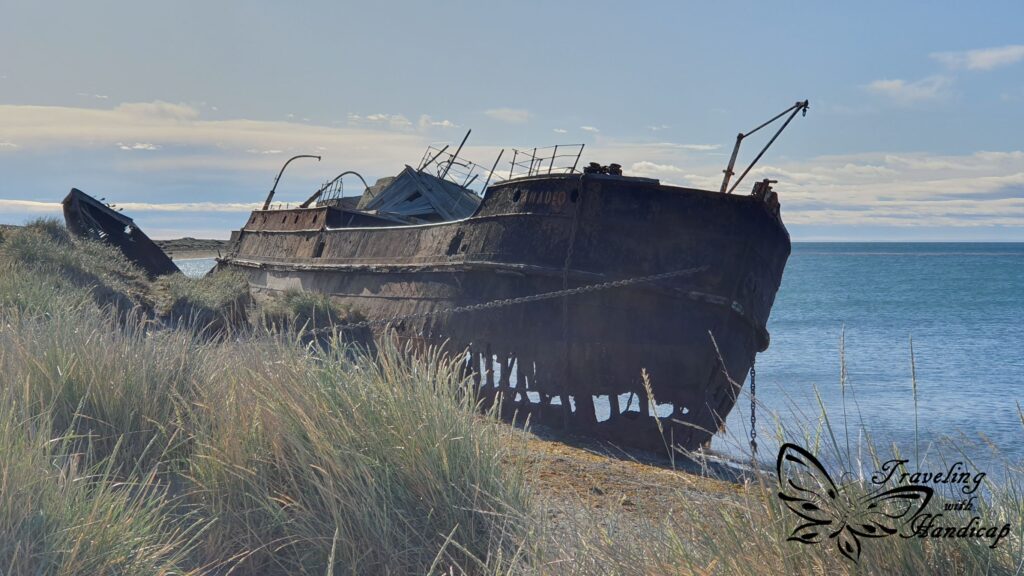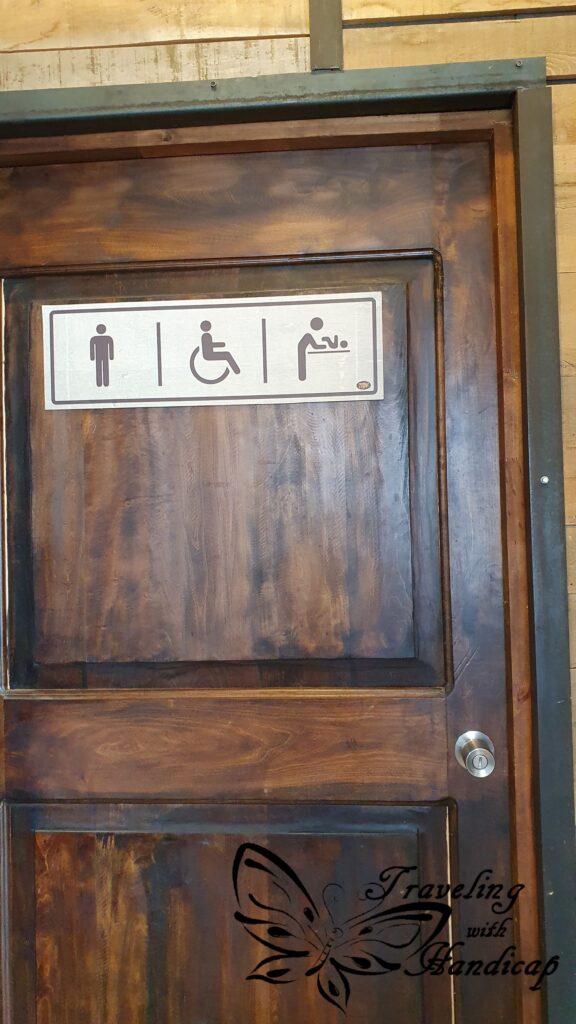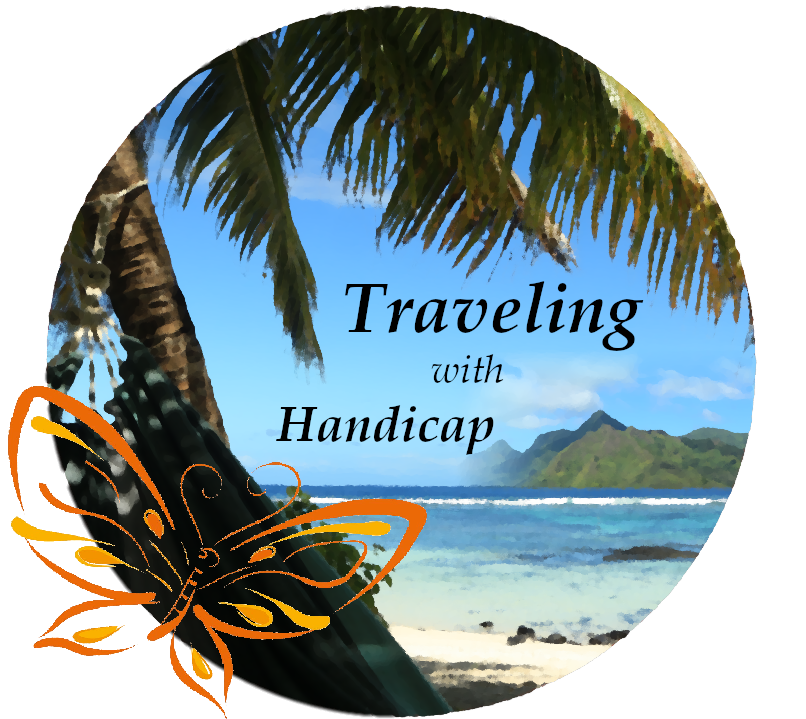It’s your road and yours alone.
Others may walk it with you, but no one can walk it for you.
Rumi
Airports and Buses
When I flew down south from Santiago, I wanted to sit in a glass cube, the view was stunning, into all directions. I was very emotional, as I finally get to the destination I dreamed of for so many years: Patagonia.



There are airports in both Punta Arenas and Puerto Natales. However, the airport of Puerto Natales is only frequently used during high season (by direct flights from Santiago). Punta Arenas, which is the industrial hub of the south, has connections to Santiago and Puerto Montt as well as many cargo flights. I took a flight to Puerto Natales since it was cheaper at the time of booking than Punta Arenas. The airport of Puerto Natales is quite tiny, they have colectivos available for every incoming/outgoing flight which is cheaper than getting a taxi (if you travel solo).
Punta Arenas and Puerto Natales are connected through a 3hrs bus ride, a well-established connection. There are several trips per day, most likely not booked out, so it’s possible to get last minute spots in my opinion. There are other bus connections, to Ushuaia or El Calafate in Argentina, and, of course, to the national park Torres del Paine. Depending on your destination, you might pick the bus or a flight. Long distance buses are very common down here, it only depends on how long you want to sit in a bus.
Puerto Natales
I went to Puerto Natales first, before heading to Punta Arenas for a few days. After Punta Arenas, I came back to Puerto Natales to get settled for the hike in Torres del Paine. If you go to the park, Puerto Natales is the best town to start your trip from. The bus ride is not too long and, moreover, there are many hiking stores in Puerto Natales. So if you figure you’re lacking of some equipment, you may buy it (even though it’s more expensive than in Germany, on average).








Puerto Natales is a tiny town, there is not too much to tell about it. Nevertheless, I really like the flair of it. Everything is quite functional, since there are so many hikers, there are nice restaurants and also nice cafés. Unfortunately, instant coffee is very popular down here, so I had to go to (rather expensive) cafés every time I wanted to have some good coffee. There could be a lot worse spots for coffee and some updates on this blog. 😉


This mammal has been found in Puerto Natales, it’s a prehistoric giant ground sloth called a Mylodon.
I went to the sidewalk along the shore several times, it was quite windy down there, while the center of town is quite sheltered. Puerto Natales has a quite welcoming and relaxing atmosphere, so I even stayed for another couple of days after my hike to the Torres, to relax.






I stayed in the hostel Lili Patagonicos, which I highly recommend. You won’t freeze during the night as the bedding equipment is well set up (an important point to consider!). Moreover, they offer high quality rental services and (help with) organizing tours. Furthermore, there is a great living room in which I spent many hours relaxing, writing, reading, chatting. I also tried out guanaco meat, it’s a little softer than beef in my opinion. A famous drink of the region is Calafate sour, which I really like. It’s similar to Pisco sour, but Calafate makes it sweeter.



Punta Arenas
Punta Arenas is more like a town than like a village. There is plenty of industry, stores, hospitals etc. available. This is why I consider Punta Arenas as the industrial hub of the south. Located at the Magallanes Strait, cruise as well as cargo ships come in easily. Its city center around the Placa de Armas consists of both “European” architecture and typical local buildings.
Similar to Puerto Natales, the weather can change completely within a couple of minutes. I experienced sunshine and five minutes later heavy rain. So always bring some waterproof jacket to be safe. Moreover, you might see great rainbows. If you get up in the morning, thinking the weather is too bad, still get up as it might change unexpectedly.







Similar to Puerto Natales, there is a shoreline in Punta Arenas with a long walkway along it. However, the main road of Punta Arenas carries a lot more traffic than Puerto Natales. Punta Arenas is located directly at the Magallanes Strait, the mountains visible in the far distance belong to Tierra del Fuego.




Penguin Tour from Punta Arenas
From Punta Arenas, it’s possible to do Penguin tours. However, the penguins are not on the “Mainland”, they are either on Isla Magdalena or on Tierra del Fuego, south of Porvenir. I decided to do a tour to the king penguins on Tierra del Fuego. This tour took 16 hours, included two ferry rides (to/from Tierra del Fuego), some stops and a lot of driving on Tierra del Fuego. More detailed info on an extra text all about Tierra del Fuego. On the way to the first ferry we stopped at the Estancia “San Gregorio” which is known as the first estancia down south that brought jobs and development into the area.





Ferries across the Magallanes Strait
There are two car ferries crossing the Magallanes Strait. One between Punta Arenas and Porvenir taking approximately 2 hours and the other one at Punta Delgada with a very picturesque lighthouse. The latter ferry ride only takes approx. 20 minutes and is the one which the majority of trucks and buses uses since the ferries come back and forth. Punta Arenas ↔ Porvenir has only ~2 ferries scheduled per day, at very fixed and sometimes inconvenient times. These times also decide whether there is a penguin tour possible on the specific date. This is because ferries at for example 2pm would be far too early.




Impressive details
As the last point, I would like to show you some details which have impressed me. At first, I found really high quality chocolate in Swiss style. But now to the truly important insights. 😉 One example is the toilet sign I found within a bakery where I had a short lunch break: similar to women, men might as well sit in a wheelchair and might want to take care of a baby. This is not only women’s business. I wish such little details to be more normal within Europe. I also realized that on the bus stops, all the text is also available in braille. This should be an enforced international standard!







